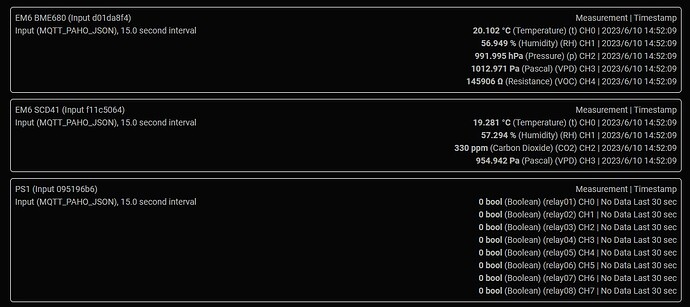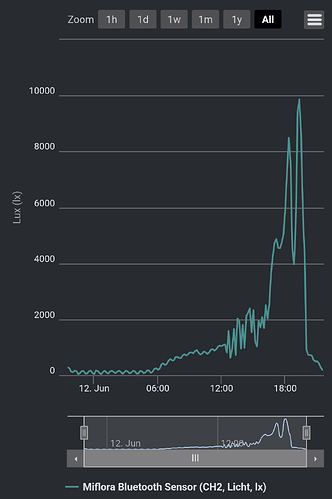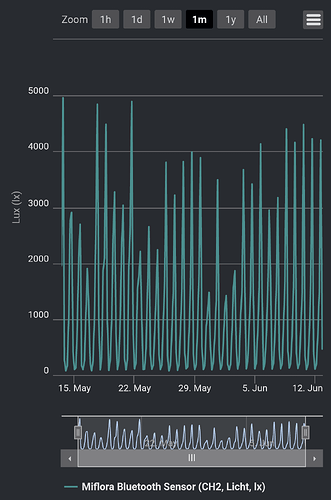Hi,
Does anybody know of a PAR (Photosynthetically active radiation) light sensor that might work well with MyCodo?
I found that that Seeed Studio sell a ready-made PAR sensor here:
It’s available with either a Modbus RS485 output, or with an analogue 0-2.5V output.
Do you know which ones would be easier to interface with MyCodo?
(I did see there was a MyCodo Github issue about RS485/Modbus support in MyCodo, but it doesn’t seem like it went anywhere).
Would the 0-2.5V analog output work with MyCodo somehow?
Vernie also make a PAR sensor that’s designed for their educational kits:
However, it has what seems to be a RJ45 (8P8C) connector, and seems to be designed to interface directly with their own collection devices.
Trolmaster also make a PAR sensor:
but that’s obviously designed only to hook in directly to their proprietary greenhouse controllers etc. (In fact, it’s because I wanted something more open/hackable that I got into MyCodo).
I saw that Atlas Scientific sell a colour sensor - EZO-RGB, but it doesn’t seem like that would detect PAR radiation easily, unless somebody here knows of a way. I did see this paper, but I don’t understand enough of the science yet to grok it properly).
I found this thread as well, where they talk about using the TCS34725 chip directly, and calibrating it against an actual PAR light meter:
I wonder how hard something like that would be to get going with MyCodo - or potentially using a similar technique with the Atlas Scientific sensor (which has the advantage of ready-made, and is already IP rated etc.)
What do people think?
Thanks,
Victor


